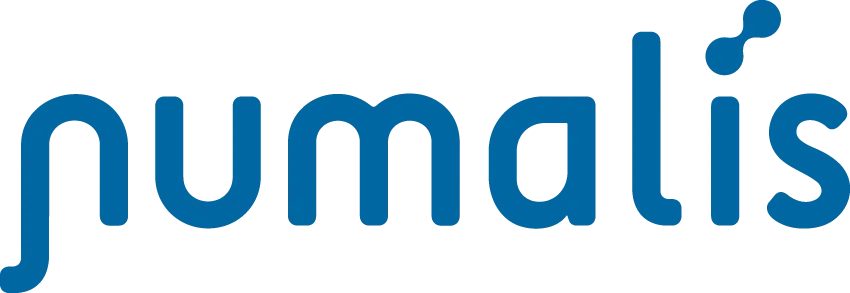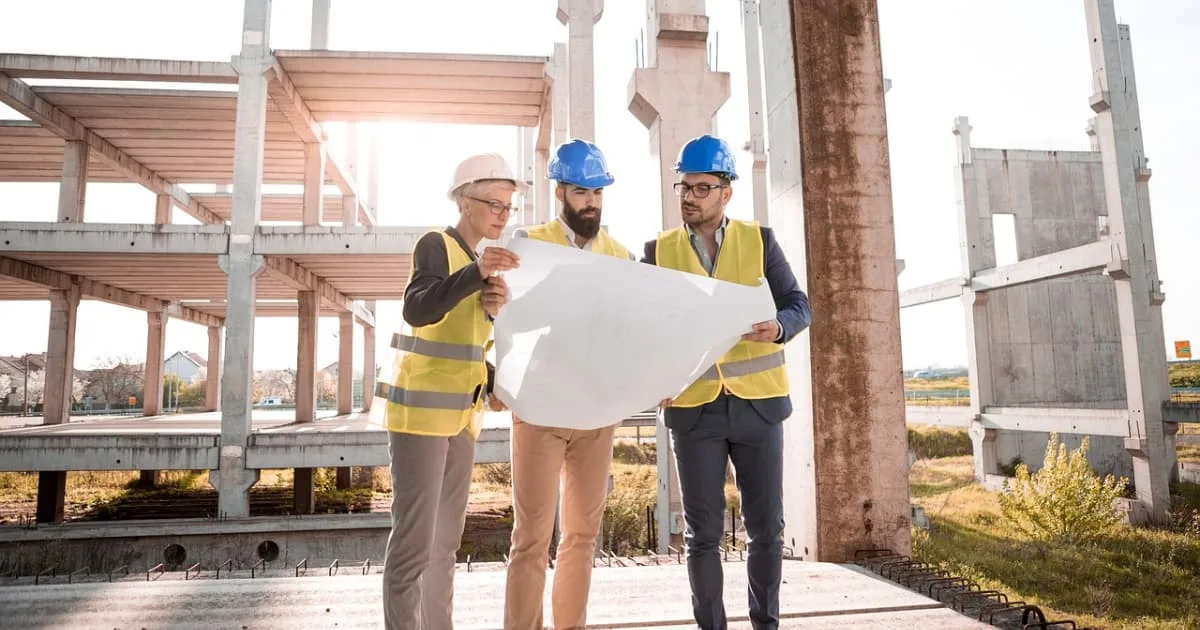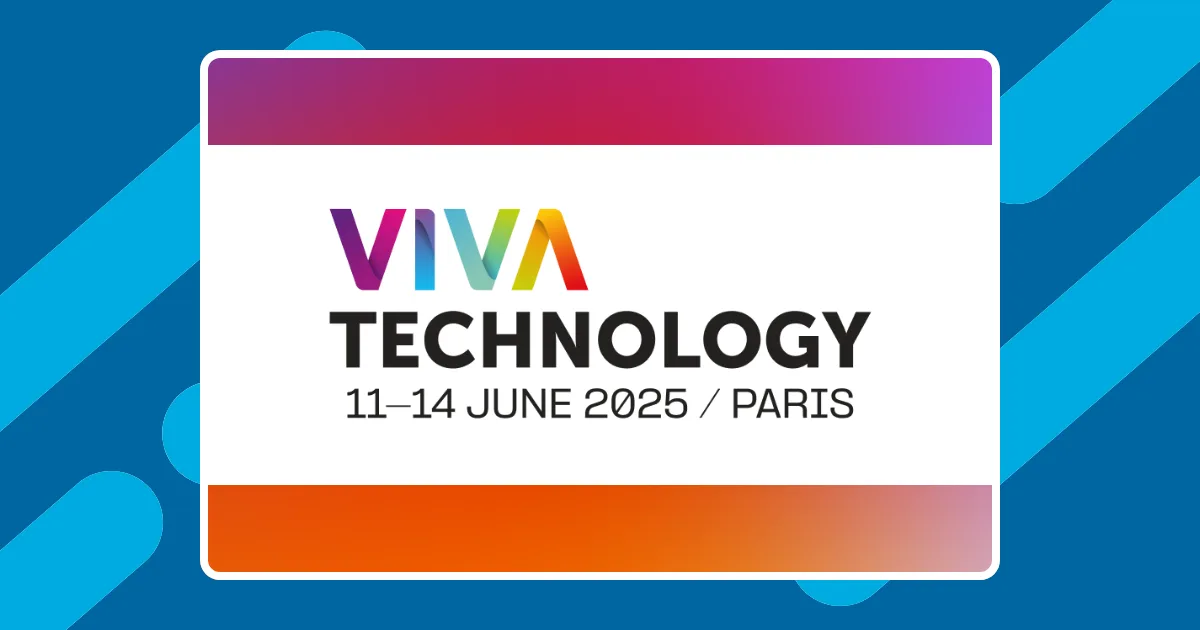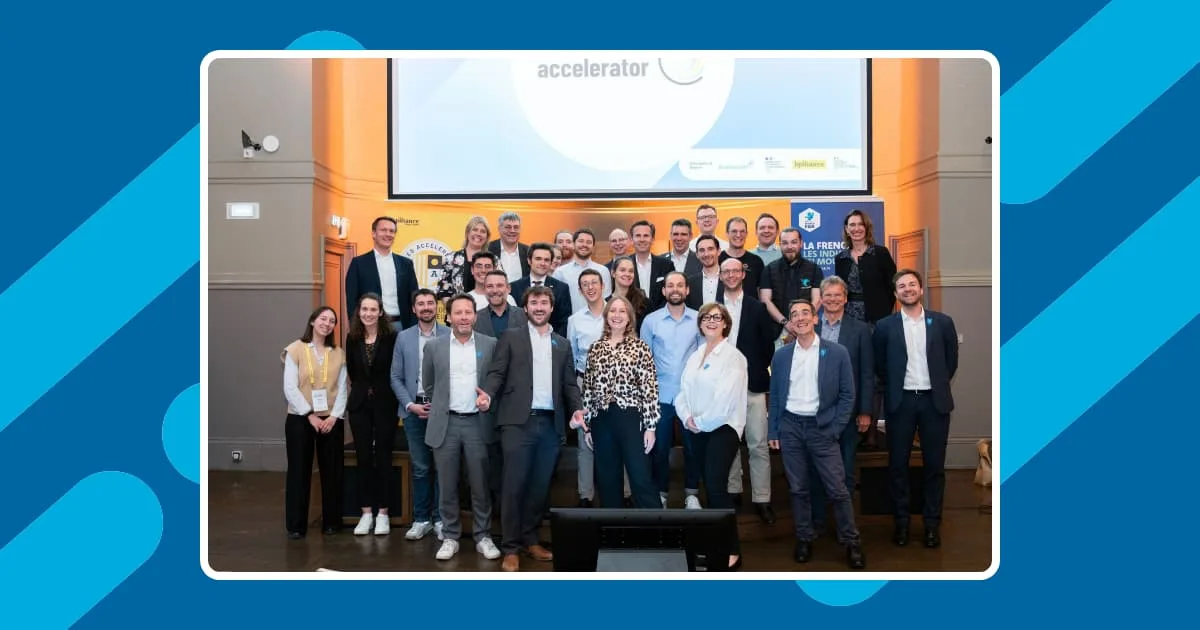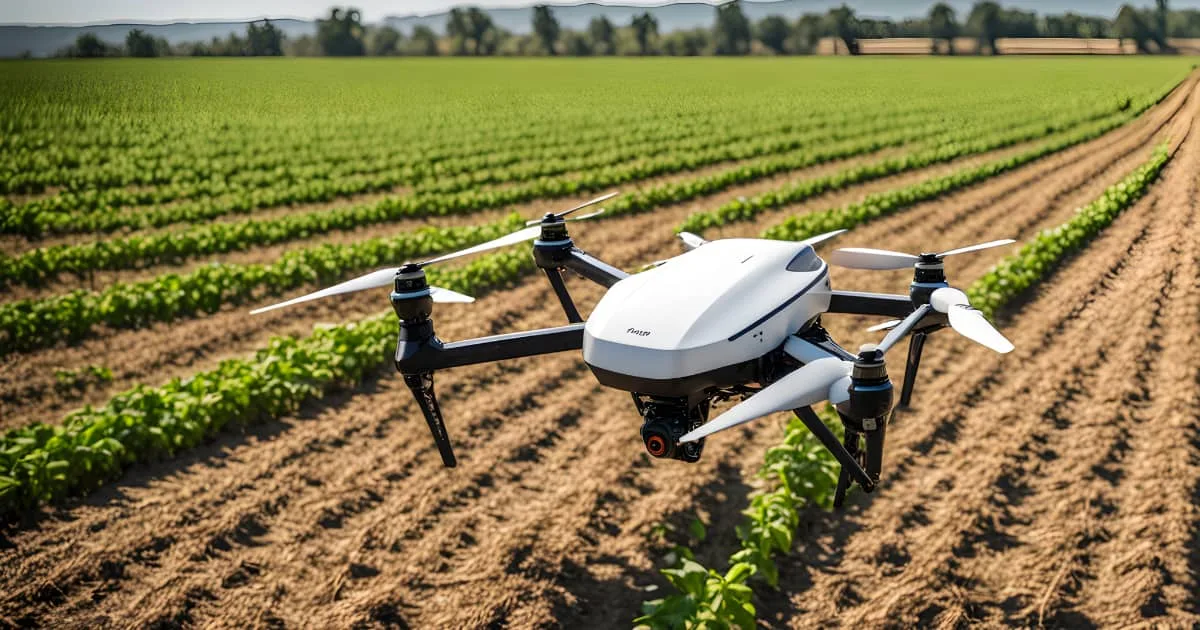Construction projects are dynamic, with multiple moving parts, and are prone to failure. They often face cost overruns, delays, and safety issues. One study estimates that 98% of megaprojects experience budget overruns of more than 30%1.
In a field that requires rigorous management, Artificial intelligence(AI) can play a pivotal role in boosting success rates. AI in construction management offers solutions that harness machine learning(ML), data analytics, and computer vision.
AI can propel the construction industry, improving outcomes for all stakeholders. We explore the different AI use cases and the value this technology offers to construction project management.
Use cases of AI in construction project management
Construction projects demand adaptive management due to changes arising from design, weather disruption, material, and labor availability. AI-based systems can help with such problems by automating tasks and streamlining offsite and onsite activities.
Construction project documentation with AI
Construction project managers handle multiple forms of documentation and communication regularly, ranging from schedules to work orders. Poor communication, inadequate coordination, changes, and different document versions can be overwhelming, and errors can be costly.
Statistics indicate that about 47% of managers process data manually2. This can be time-consuming and error-prone.
AI and machine learning solutions can help stakeholders have better project visibility, communication, and documentation. It can link documents such as change orders, drawings, and building specifications.
Natural language processing(NLP) makes it possible to automate information retrieval from documentation. Additionally, such AI-enabled applications can generate draft reports, detect and track document changes.
Also, live streaming videos, time-lapse photography, scanners, and lasers can capture information about the interior and exterior of the construction. These can be tagged, sorted, and used for documentation and progress reporting.
AI-powered scheduling and resource allocation
Construction project scheduling is a critical step designed to establish and match the sequence of activities to the required resources.
Project managers use the plan for progress control, checking whether actual progress is aligned with planned progress. However, the construction environment is complex, often with multiple unknown variables, making scheduling a problematic issue for standard project management tools.
The sequential nature of standard project scheduling methods suffers multiple inefficiencies, unable to capture disruptions triggered by internal and external factors.
AI-powered schedulers can analyze various interdependencies needed for project completion and output numerous scheduling options. AI-enhanced project management tools can assist in determining the optimal resources for each project stage. AI’s ability to quickly synthesize large amounts of data and provide insights can help project managers deploy resources efficiently.
For instance, Ananda Development, a construction company developing a highrise project in Bangkok, Thailand, used an AI-powered scheduler at the project’s onset. The solution explored different paths and helped the team identify the best possible path. Ultimately, the company slashed the project cost and duration by 208 days3.
AI for automated progress tracking and decision-making
There are multiple variables construction managers have to track throughout the life cycle of a construction project. Standard methods of progress tracking and KPI assessment are limited due to reliance on photographs and site inspections.
Site progress can be captured using 360° video and photo documentation, which can be tagged for accurate tracking. It becomes possible to visually track progress and work rates even near real-time4. Additionally, stakeholders can compare onsite data with construction plans from platforms like Building Information Modeling(BIM).
Predictive analytics also help project managers make decisions proactively. Algorithms like artificial neural networks (ANN) can be used to model a solution that allows forecasting different project constraints, such as cost5.
Mace, a construction firm based in London, deployed an AI-powered solution for progress tracking while constructing one of the biggest airports in Europe. Automating progress tracking helped project managers identify areas where the construction needed to catch up. Actionable insights from the solution enabled them to take corrective actions early, limiting delays and eventually saving 4200 man-hours6.
Risk management and site safety
Construction projects are littered with risks and safety hazards. Traditional approaches to risk management are plagued with ambiguity and bias from subjective judgment. However, AI can be an excellent tool for risk management, even in unpredictable environments.
AI-powered project management tools can help detect, assess, monitor, and mitigate risks. Such tools can also streamline incident reporting, identify issues, and suggest corrective measures7.
AI can process large amounts of data related to past and current projects to extract valuable insights. Techniques like machine learning and neural networks can capture the interdependencies between causes and accidents and evaluate risk severity8.
Construction managers and contractors can use such tools to proactively analyze and anticipate project risks. They can continuously monitor project data, including resource utilization, performance metrics, and external factors. The tools can detect deviations from expected outcomes and help manage the downstream impact.
Some of the risk areas AI-powered tools can help with include:
- Streamlining operations on the construction site
- Supply chain and resource management
- Budget monitoring
Construction project managers are expected to guide projects to successful completion. However, jobsite accidents often adversely affect project completion, including reduced productivity, increased insurance expenses, and even injuries9. It’s estimated that 6%-9% of project delays result from site injuries10.
AI tools powered by computer vision can help monitor construction sites to prevent incidents. Video and image feeds from the site can be analyzed in real-time to identify potential hazards.
Observations can help project managers support safety conversations, helping alleviate dangerous situations.
AI-powered drones and cameras can continuously monitor construction sites, helping flag unsafe situations.
The Humphrey Rich Construction Group uses an AI-powered solution that helps with project visibility and safety. The tool uses a vision engine that captures real-time activities on a job site. Safety and construction managers can tour the site virtually, helping to flag any safety hazards11.
Machine learning for construction cost estimation
Construction project takeoff and cost estimation activities remain complex and time-consuming. Traditional methods often rely on qualitative approaches by costing experts, which can lead to inaccuracies and variability12. Digitized methodologies also struggle to account for a project’s unique characteristics and other unseen complexities.
The use of ML for this problem leverages its ability to establish relations among multidimensional and complex variables. Data from past projects can train algorithms to identify trends, patterns and predict costs quickly. Algorithms like ANN and deep neural networks (DNN)have proven successful in cost estimations in construction projects13.
Predictive cost models give project managers accurate costs depending on project-specific variables. By understanding and tracking factors affecting the cost, project managers can proactively make decisions, project the budget, and conduct earned value analysis.
Some of the advantages of using AI to estimate construction costs include:
- Significant reduction in the time to generate accurate cost estimates
- Lowers preconstruction costs
- Detailed cost breakdown
- Ability to investigate parameters that influence costs.
AI-driven quality control in construction
Challenges like inconsistent monitoring, substandard materials, and inadequate supervision influence the quality of construction projects14. For instance, only 5%-10% of a construction project plan undergoes verifications, leaving room for plan deviations15. This can lead to safety issues, delays, and budget overruns.
AI-based systems can be used for site inspection and monitoring. Surveillance drones, scanners, sensors, and mounted cameras can capture raw data from a construction site. This data can be analyzed using image recognition, pattern recognition, and computer vision algorithms.
An AI-powered system can intelligently cross-reference this data with a project’s design specifications, schedules, and budget to provide actionable insights.
Integrating AI with other inspection technologies to validate the building can also significantly reduce quality issues. An AI-powered tool can compare 3D models of the building with holistic data from the site. For instance, companies like SiteAware can scan a construction site autonomously to generate an accurate digital twin16.
Advantages of AI in construction project management
AI helps optimize planning, propel productivity, improve safety, and impact decision-making. This also resonates with leading industry leaders such as Co-CEO of Built On Vision, George Gourbran, who believes AI will help construction companies cut costs and streamline operations17.
Here are the benefits of using AI for construction project management:
- Limiting cost overruns: Construction projects are known for budget overruns. AI can help optimize workflows and keep the construction process on the critical path. Tools like AI scheduling can uncover and suggest alternative project sequences due to their ability to cater to multiple variables. Eventually, using optimal schedules and effective quality control can assist in reducing man-hours and limiting project delays.
- Improved risk management: AI and computer vision intelligence continue to help construction companies avoid delays arising from safety incidents. Stakeholders can receive real-time alerts anytime the AI-powered system detects a safety issue. Tracking safety compliance becomes possible with cameras capturing job site activities in real-time 24/718.
- Enhancing productivity: AI scheduling, automated progress tracking, and better risk management are some of the AI use cases that boost productivity. These tools can alert management of deviations, helping de-risk the project. They assist stakeholders in cutting inefficiencies arising from repetitive tasks and manual processes.
- Automated construction progress tracking: AI-enabled cameras and drones can tag and relay relevant data to stakeholders in real-time. This helps effectively monitor progress, cross-referencing against the plans to check for any deviations. This also helps with quality control and compliance.
Conclusion
Complexities in the construction industry and the availability of data are some of the factors that make the construction sector ripe for innovation. Construction project management stands to reap multiple benefits from integrating AI into different workflows.
AI is already helping unravel the scheduling problem by uncovering multiple paths a project could take. Additionally, the technology is proving beneficial in boosting construction site safety, considering the dangers associated with such sites.
Moving forward, AI is set to play a pivotal role in how construction projects are managed. It will augment human efforts across different construction processes, helping us become more productive.
- The construction productivity imperative | McKinsey ↩︎
- How can the construction industry leverage Intelligent Document Processing (IDP)? ↩︎
- ALICE Technologies Helps Ananda Slash Project Costs ↩︎
- 10 Ways to Ensure Quality Management in Construction Work with AI ↩︎
- The Benefits of AI In Construction ↩︎
- Automated Progress Tracking Saves Mace 4,200 Man-Hours ↩︎
- The Rise of AI in Construction ↩︎
- Role of Artificial Intelligence in Construction Project Management ↩︎
- Quality Control and Safety During Construction ↩︎
- 10 Ways to Ensure Quality Management in Construction Work with AI ↩︎
- Safety Management at Humphrey Rich Construction Group – OpenSpace ↩︎
- Estimates Made Easy: The AI Revolution in Construction Costing | Vergo AI ↩︎
- Full article: A construction cost estimation framework using DNN and validation unit ↩︎
- Construction quality assurance: Common challenges and how to solve them – PlanRadar ↩︎
- AI-Powered Quality Control: Solving the Costly Construction Problem | Naska ↩︎
- How it Works – SiteAware ↩︎
- Why Construction Management Needs AI | Engineering.com ↩︎
- 10 KPIs that Construction Sites can meet with viAct’s Construction Management Software ↩︎
